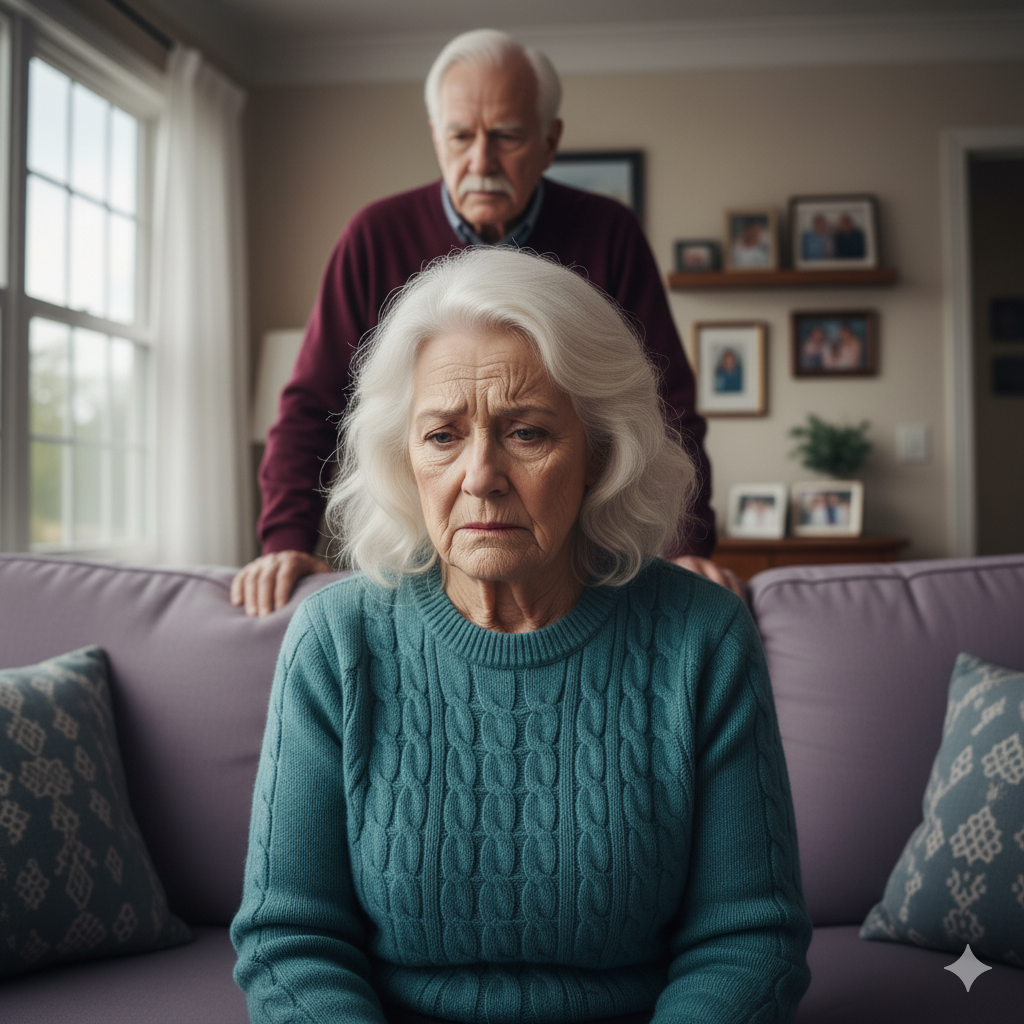Written by Gregg Fous, Founder
Those of us who love and care for someone with dementia eventually come to recognize what I call The Look.
It’s hard to describe, but if you’ve been there, you know it. It’s a facial expression that seems to drain the connection between a person and their surroundings. It’s not just in the eyes—it settles into the face, the posture, the air around them. It’s the moment you can feel their world slipping just a little farther away.
I can tell when Gail is worried or confused just by how she stands. Her posture tells me everything long before her words do. My first instinct used to be to ask, What’s wrong, honey? But over time, I’ve learned that words don’t always reach her. So now, instead of asking questions, I speak with presence. I walk toward her with open arms, open heart, and I hold her. That’s communication, too—the kind that says, You’re still part of me, even when she feels less connected to the world around her.
Sometimes The Look comes when she’s trying to get dressed or put on makeup, and I can sense her confusion before she says a thing. I might tell her gently, “You know what, we’ve got nothing to do today—let’s just relax. Forget the makeup.” That small permission often brings relief.
The hardest moment was one morning after her shower. She stood shivering, wrapped in a towel, that vacant look in her eyes. I opened my arms and said softly, “Tell me about it.” She said, “I’m just so scared.” I asked, “Why are you scared?” And she whispered, “I’ve forgotten how to take a shower.”
That broke something in me—but it also opened something else: understanding. Communication with dementia isn’t about words. It’s about sensing, listening, feeling, and reassuring in ways that language can’t.
Now, when Gail asks repetitive questions, I stop what I’m doing. I sit beside her. I hold her hands. Usually, she doesn’t need answers—she just needs company.
In the mornings, she often brings me a second cup of coffee while I’m working in what I call the river room. It’s a small ritual, but it still means the world to me—that she remembers, that she cares. I can tell when she feels disconnected, though. When that happens, I’ll say, “You know, I was going to take a break anyway. Let’s go sit upstairs for a bit.” It’s not about the coffee—it’s about connection.
I don’t share this story to suggest what others should do. I don’t have all the answers. But I’ve learned that communication is more than speaking or listening—it’s how you show love. It’s posture, touch, a smile, a glance.
I never ask Gail if she remembers a story. I tell it as if we both remember it, and she smiles and nods along. When she tells one, I do the same—smile, nod, and stay in her world for a while.
Because that’s what connection really is: not asking someone to come back to you, but being willing to meet them where they are.
Takeaway:
When words fade, love learns a new language. Sometimes the truest communication is silence, shared between two hearts that still recognize each other.
—Gregg
If this resonates, share it with another caregiver. And if you would like a companion that listens and remembers, visit Atenda.Care.


